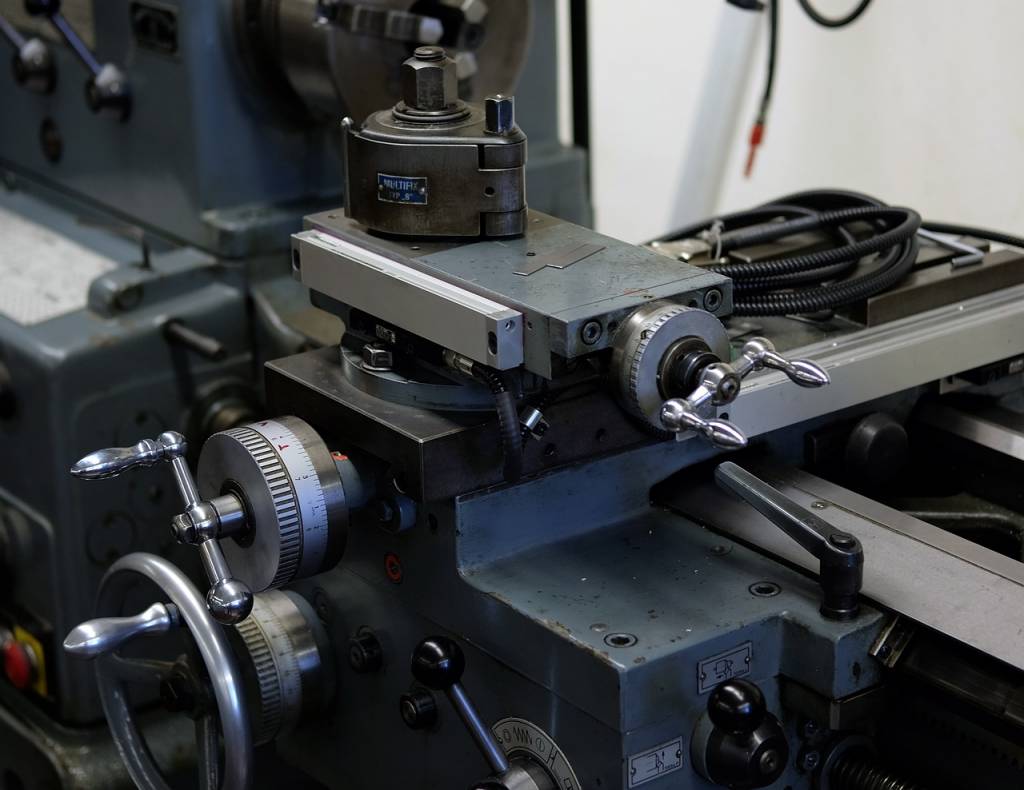UK Biotech on the Rise: How the BioIndustry Association is Fueling Growth
Despite the turbulence of recent years — Brexit, global health crises, and economic volatility — the UK’s biotechnology sector is not just surviving; it’s thriving. Behind this resilience and dynamism lies a catalyst: the BioIndustry Association (BIA). This trade body, founded in 1989, is playing an increasingly strategic role in turning the UK into a global hub for biotech innovation. But how exactly is it doing this? And why should industry leaders — from logistics operators to industrial investors — keep a close eye on its evolution?
The Strategic Role of the BIA
The BioIndustry Association is more than a lobby group. It acts as an innovation enabler, policy shaper, and investment amplifier — a triple function that sets it apart. By engaging directly with government stakeholders, venture capitalists, academia, and international partners, the BIA ensures that the UK biotech ecosystem maintains a steady pipeline of talent, capital, and collaboration opportunities.
Markedly, the scope of the organisation spans across sub-sectors such as synthetic biology, gene and cell therapies, and agricultural biotech. Whether facilitating early-stage funding or drafting policy frameworks with the Department for Business and Trade, the BIA is adamant about one objective: sustaining long-term growth for UK biotech firms across the value chain.
Funding: Not Just Numbers, But Catalysts
In its 2023 report, the BIA revealed that UK biotech companies raised over £1.8 billion in equity financing, despite tightening global capital markets. The bulk of this came through venture investments and public offerings, which, given the hesitancy of investors worldwide, is no minor feat.
Among the BIA’s concrete actions:
- Partnering with the British Business Bank to expand the life sciences investment portfolio
- Advocating for the expansion of the Enterprise Investment Scheme and Venture Capital Trusts to include more high-risk biotech ventures
- Facilitating the creation of the Future Fund: Breakthrough, a government initiative that co-invests in high-potential firms
One biotech executive based in Cambridge, who preferred to remain anonymous, summed it up well: “Without the policy push and networking infrastructure the BIA provides, the capital simply wouldn’t flow at this speed, nor with this level of informed support.”
From Lab Bench to Loading Bay: Commercialisation Support Matters
In biotech, going from breakthrough to business often requires navigating a jungle of regulatory, manufacturing, and logistic hurdles. That’s where the BIA steps in again — not with billion-pound solutions, but with operationally meaningful support frameworks.
For instance, the BIA has been instrumental in linking biotech SMEs with CDMOs (Contract Development and Manufacturing Organizations) and logistics operators capable of managing cold chains and GMP compliance under tight timelines. In 2022, it launched a task force bringing together MHRA (Medicines and Healthcare products Regulatory Agency), packaging firms, and biotech exporters to anticipate post-Brexit supply chain bottlenecks.
Result? Faster market entry for therapeutics and diagnostics, and fewer product losses due to transportation inefficiencies.
Talent and Training: Seeding the Future
The biotech boom is creating new jobs — a net positive, yes, but also a challenge. The UK’s demand for skilled biotech professionals now outpaces supply, particularly in cell and gene therapy manufacturing, computational biology, and bioinformatics.
The BIA doesn’t hesitate to act upstream. Working alongside Innovate UK and the Department for Education, it co-developed the Engineering Biology Skills and Training roadmap, laying the groundwork for new degree apprenticeships and lifelong training programs tailored to industrial biotech roles.
- More than 10 UK universities incorporating industry-placement biotech modules for undergrads
- Skills bootcamps for lab technicians rolled out in Midlands and Northern England
- Industry-sponsored scholarships targeting underrepresented groups in STEM
In sectors where innovation cycles accelerate, closing the skills gap is not optional. It’s existential.
Shaping the Regulatory Terrain
The UK has leaned into its post-Brexit independence to revise regulatory frameworks in biotech, and the BIA has taken a proactive leadership role here too. In 2023, after extensive consultation with industry stakeholders, the BIA presented a white paper detailing a strategy for faster clinical trial approvals, decentralised trial models, and alignment with global standards — particularly with the U.S. FDA and EMA.
Several proposals have already been adopted or are under review by the MHRA:
- Introduction of a 60-day Fast Track approval for low-risk biotechnology trials
- Digitisation of investigational product traceability to improve patient safety and compliance monitoring
- Cross-border data harmonisation agreements under the new UK-EU Science Cooperation Framework
For companies navigating both R&D and financial constraints, regulatory clarity can spell the difference between launch and liquidation. The BIA’s work in this area helps lower the cost and time-to-market pressures that too often stifle biotech growth.
Going Global: A Bridge, Not an Island
Another angle too often glossed over is the global orientation of UK biotech — and how the BIA acts as a central broker for international connectivity. From partnering with the BIO International Convention in the U.S. to co-hosting trade missions in Japan and Singapore, the BIA ensures that its members can export not just products, but influence.
In a recent move that caught the attention of industry observers, the BIA helped establish the UK-India Biotech Corridor — a bilateral platform that facilitates R&D collaboration and market access for high-growth British firms entering the Indian pharmaceutical and agricultural biotech landscapes.
For logistics and supply chain actors reading this: the ripple effect is real. Every time a UK biotech firm lands a deal in Southeast Asia or North America, transportation networks, warehouse operators, and customs clearance experts gain new opportunities — and responsibilities. Biotech is global by default, and the BIA is making sure UK players don’t lose their seat at the table.
Looking Ahead: Resilience Through Coordination
The UK government has publicly committed to becoming a “science and technology superpower” by 2030. Ambitious? Yes. Achievable? Only if coordination across academia, industry, government, and logistics chains becomes seamless — and sustained.
The BIA cannot shoulder that task alone, but its track record positions it as a lynchpin in this equation. By translating policy into practice, channeling investment toward genuine innovation, and reinforcing a supply chain savvy that matches biotech’s complex needs, it keeps pushing British biotech from momentum to maturity.
It’s no longer just about the next blockbuster discovery in a lab. It’s about the ecosystem that fuels discovery, funds development, enables delivery, and ensures global relevance. That ecosystem, increasingly, wears the imprint of the BIA.




